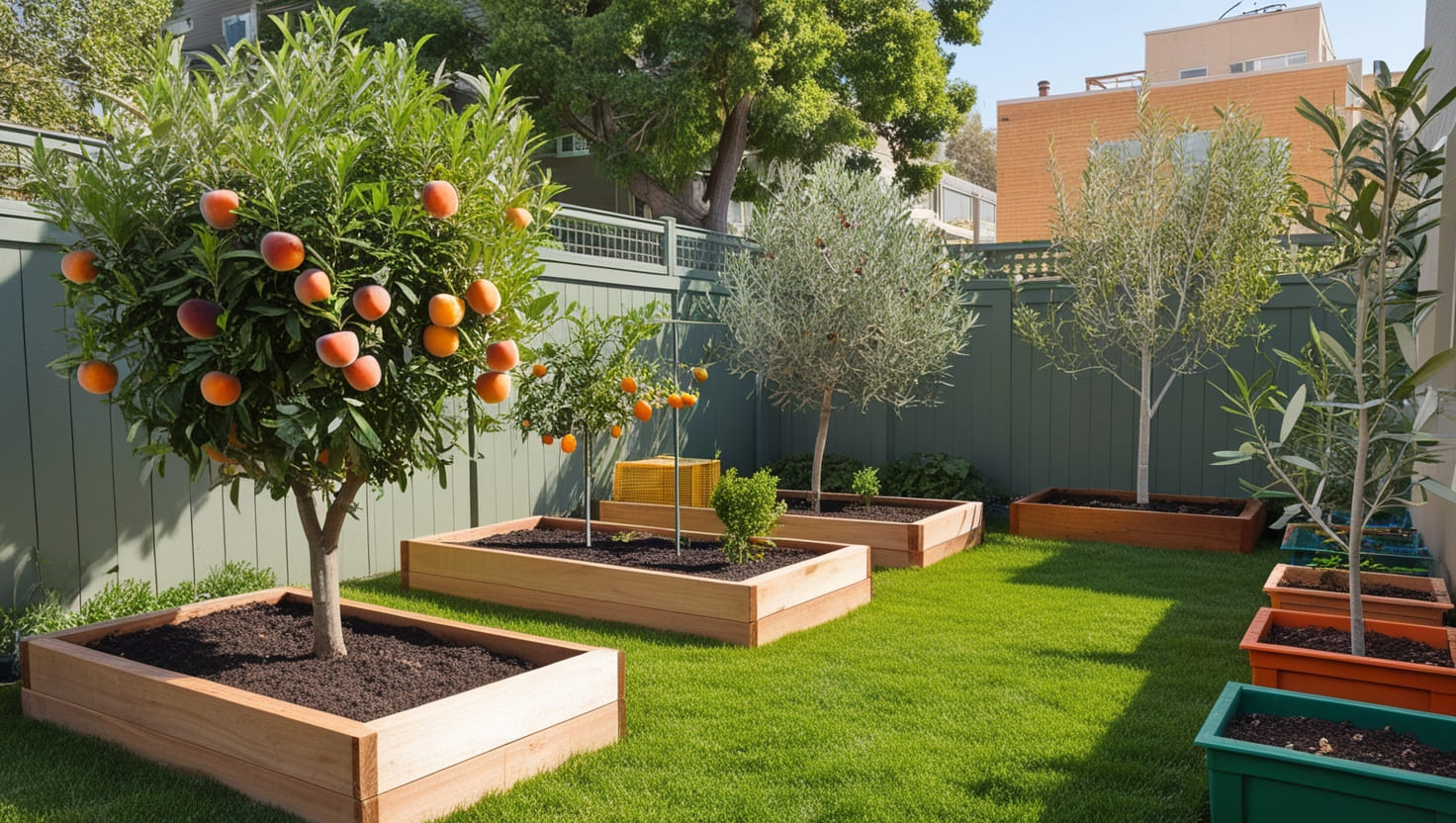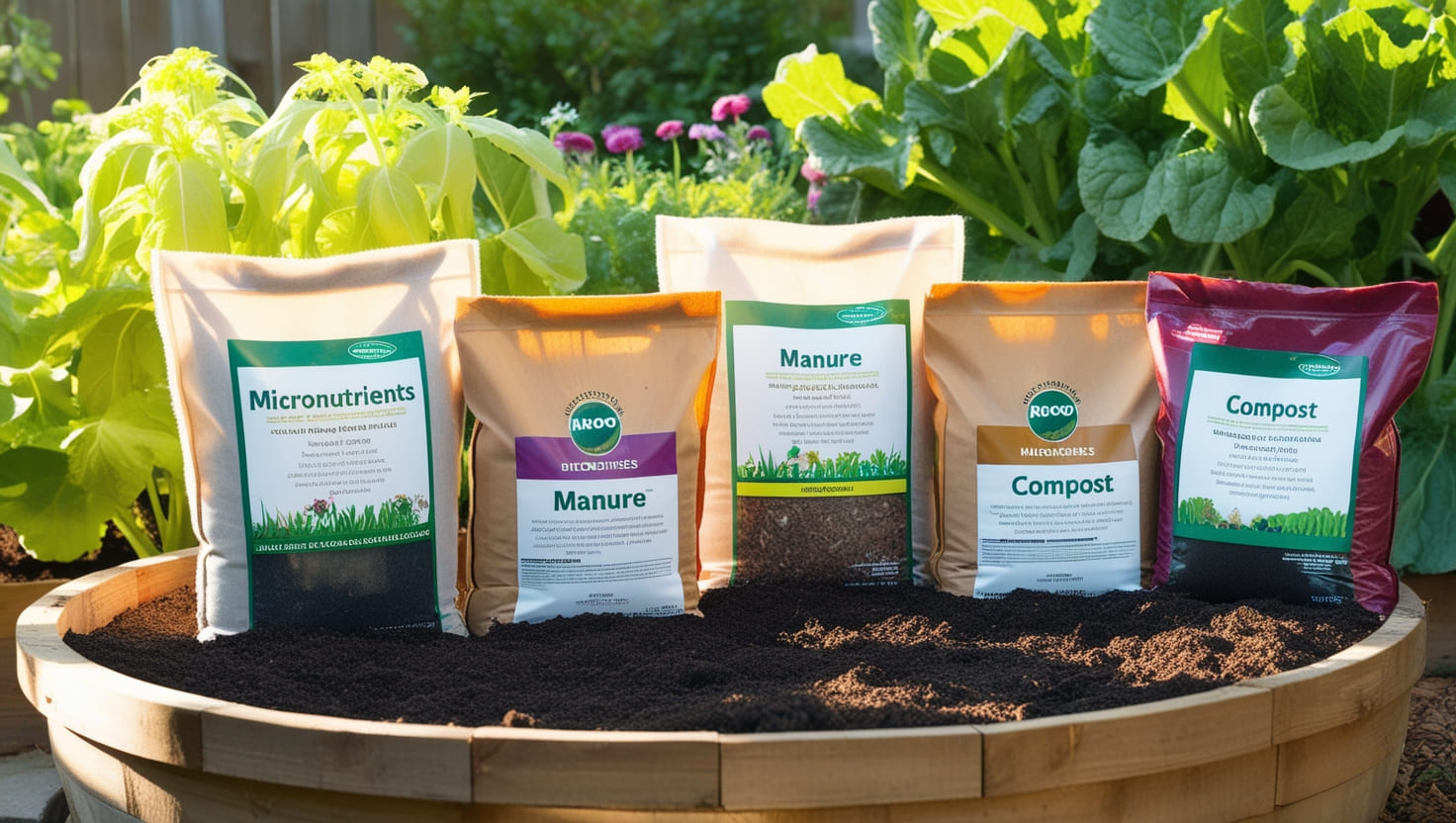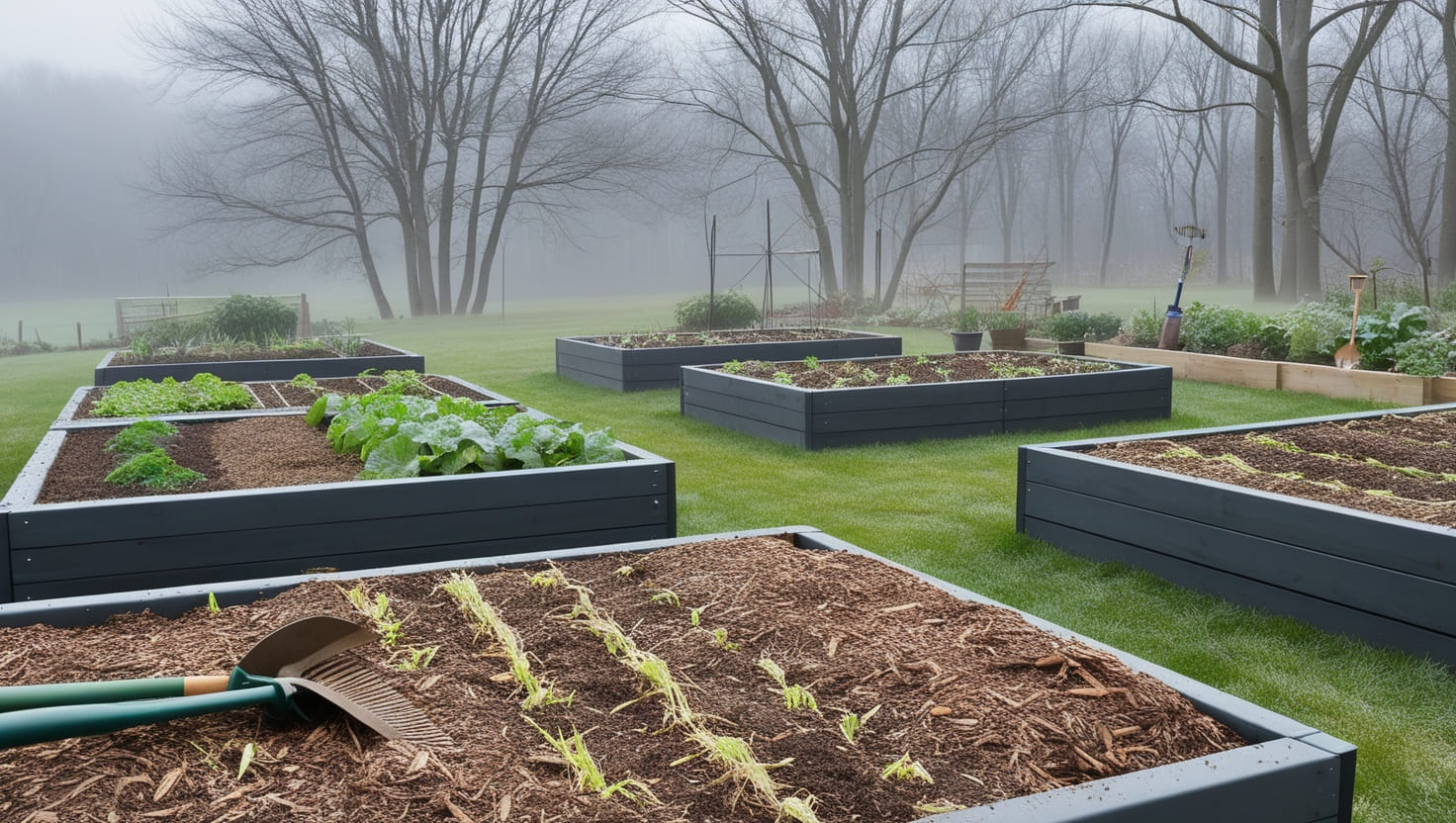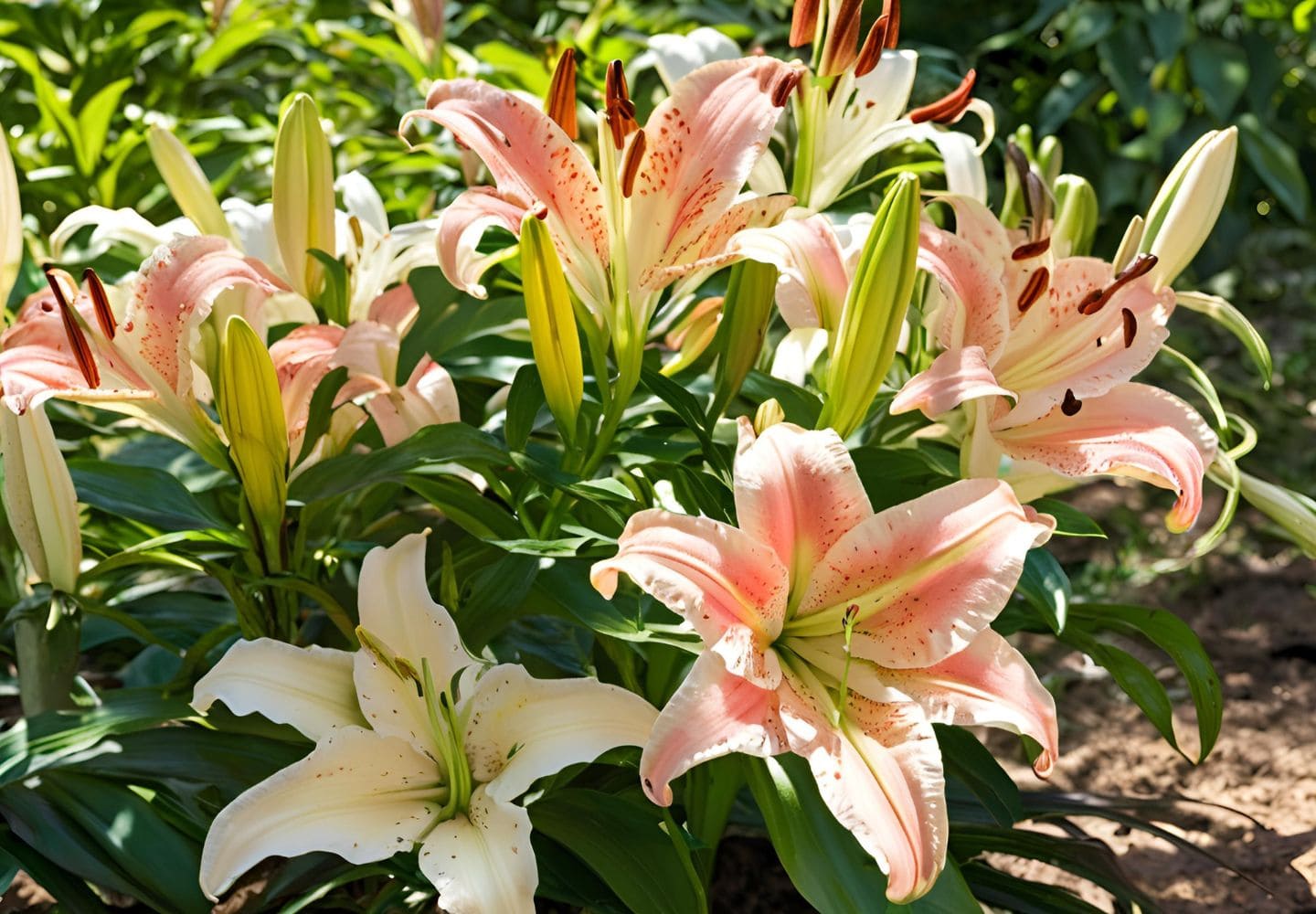
Introduction
Many plants in the lily family have beautiful colorful flowers, and Oriental Lilies are a favorite among them because of their relatively big sweet scented blossoms. This is primarily attributed to their elegance and beauty which makes them a popular choice for gardens, floral arrangements or even symbolic uses in some cultures.
In this article, we take a deep dive into the world of Oriental lilies — how to grow them at home and appreciate what they symbolize in our culture. This guide is designed for anyone who loves flowers, and whether you are a seasoned gardener or an absolute beginner everything that you need to know about Jacaranda will be included.
What are Oriental Lilies?
A variety of hybrid lilies are what is known as Oriental Lilies which have large, showy flowers with a very characteristic intense fragrance along with an assortment of vibrant colors. These flowers, which usually bloom July-August and grow as tall as 6-feet with blooms up to eight inches wide.
History: Oriental lilies were native to East Asia, such as Japan, Korea and China. Europe got an introduction to them in the 19th century, and those lovely new roses were a big hit right frome their start because of how nice they looked and smelled.
| Aspect | Details |
|---|---|
| Scientific Name | Lilium orientalis |
| Common Name | Oriental Lily |
| Plant Type | Perennial Bulb |
| Height | 2 to 6 feet (60 to 180 cm) |
| Spread | 1 to 2 feet (30 to 60 cm) |
| Bloom Time | Mid to late summer |
| Sunlight | Full sun to partial shade |
| Soil Type | Well-drained, slightly acidic to neutral pH (6.0 to 7.0) |
| Watering | Keep soil consistently moist, but not waterlogged; water regularly during active growth |
| Temperature | Hardy in USDA zones 5-9; prefers cooler climates during dormancy |
| Fertilizing | Apply a balanced fertilizer in early spring and after blooming |
| Pests/Diseases | Susceptible to aphids, lily beetles, and botrytis; watch for yellowing leaves and treat early |
| Pruning | Deadhead spent blooms to encourage more flowers; cut back foliage in late fall after dormancy |
| Planting Depth | Plant bulbs 6 to 8 inches deep in well-prepared soil |
| Propagation | By bulb division in the fall or from bullbats |
| Special Features | Fragrant flowers, excellent for cut flowers, deer-resistant |
| Companion Plants | Hosta’s, ferns, daylilies, and other perennials that thrive in similar conditions |
| Toxicity | Toxic to cats, causing kidney failure if ingested |
Varieties of Oriental Lilies
Popular Varieties
Stargazer, Casa Blanca and Mona Lisa are several of the most common varieties. All types of lilies are different in an otherwise. — Two more pictures to look at: there’s the deep pink and white petals of ‘Stargazer’, while not way behind tie up with that, pure light-colored blooms akin to those on a paperwhite narcissus named after Trump Tower (‘Casa Blanca’).
Colors and Patterns
OrientalAs with both their height and foliage, the range of colors available in lilies is extensive including white, pink (pictured), red, and yellow. Others present striking patterns of speckles or stripes that make them appealing to the eye.
Fragrance Profile
Fragrant Oriental lilies [source] Because their sweet, strong smell can be smelled from a distance throughout the garden or living room and height of course makes this plant suitable for being
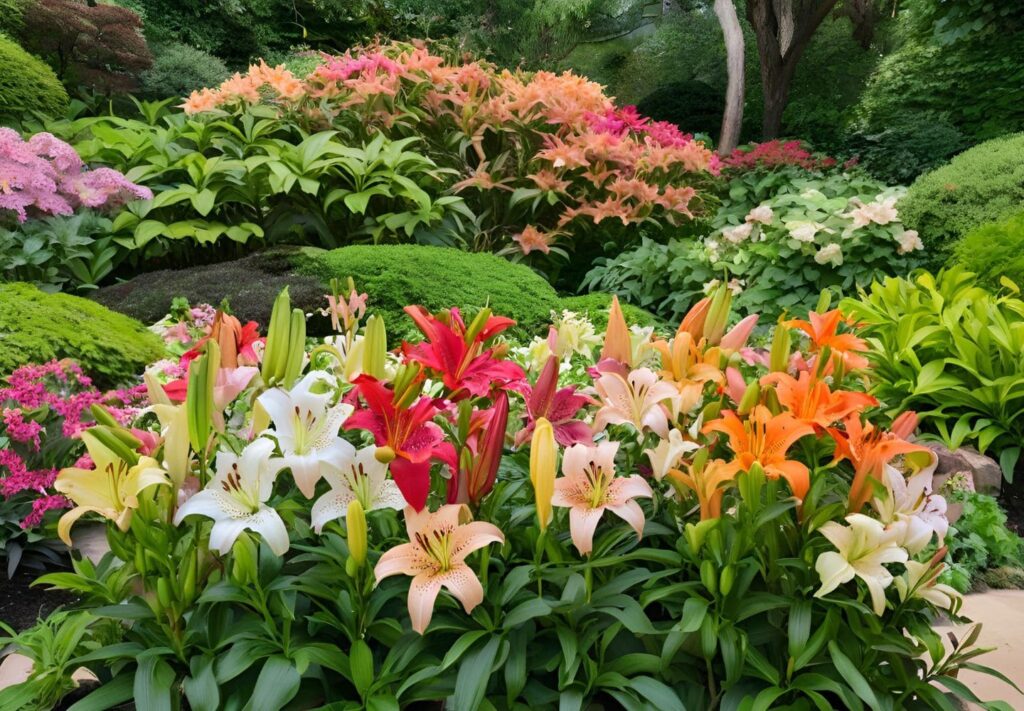
Growing Oriental Lilies
Ideal Growing Conditions
Oriental lilies thrive in well-drained soil and prefer full sun to partial shade. They require a slightly acidic to neutral soil pH and should be planted in an area that receives at least 6 hours of sunlight per day.
SOIL AND FERTILIZER
Lilium Martagon al lilyHere was the most ideal quality in soil with high organic content and rich but well-drained. During the growing season, use a balanced fertilizer once in a while to ensure normal growth and flowering.
Watering and Humidity Needs
Oriental lilies need to be watered regularly, particularly in dry spells. But bulb rot quickly follows, so be sure the soil is well-drained. Moderate humidity levels are best for them.
Light & Temperature Preferences
These lilies love full sun, but can handle part shade. Cucumber plants grow well at 60°F to 80°F and are relatively cold-tolerant, allowing them some light frosts.
Transplanting Tips
In the fall, plant bulbs about 4-6 inches deep with their pointy end facing upwards. If transplanting, you should do that the early spring or late fall to reduce shock.
Oriental Lilies Care And Maintenance
Pruning and Deadheading
Requiring regular pruning as well, deadheading spent flowers will keep the blooms coming and save energy from forming seeds.
Pest and Disease Management
Oriental Lilies are pests and diseases sauch as aphids or botrytis blight. By keeping an eye out for these issues, and treating any problems that arise promptly, it can help to keep them under control.
Seasonal Care
Mulching bulbs before winter in cold climates can keep the bulb set from freezing. Total boiling may be avoided by providing some shade during the hottest part of a day in warmer regions.
Tips for Prolonging Bloom Time
Plant bulbs in various depths and successions to create a longer blooming season. This is going to create a staggered bloom versus them all coming out at once
Learn More About: Indoor Plants with Purple Leaves
Propagation Techniques
Propagating from Bulbs
Over several years bulbs can be separated and replanted as new plants. The best time to do it is in fall when the plant goes dormant.
Seed Propagation
Although not as commonly grown, Oriental lilies will seed. It’s worth noting that this method takes time, as it can take years for the plants to flower.
Division of Bulbs
To keep your plant healthy and vigorous, Rattlesnake Master should be divided every 3-4 years. This will also avoid overcrowding which can result in far less flowers.
Oriental Lilies in the Landscape
Garden Design Ideas
Use Oriental lilies as focal points in a garden bed or border; these tall plants will attract attention! They contrast well with other perennials and provide sharp coloring.
Companion Plants
Oriental lilies + Hostas, ferns and astilbesPlant hostas, ferns or a anemones to contrast with the dark foliage of Oriental lilies.
Seasonal Interest
To enjoy lilies throughout the growing season, plant a variety of early-, mid- and late-blooming types.
Growing Oriental Lilies indoors
Growing in Containers
Oriental lilies may be planted in pots as long there is ample space for root growth. Have a large, well-draining pot with fresh new high quality soil ready.
Indoor Care Tips
Put the pot in a sunny location, like on a south facing windowsill and water well. Turn the pot every couple days to promote even growth.
Challenges of Indoor Growing
The stems of indoor lilies can be high, meaning that they might need some supplementary staking. Also, they might ruin by spider mites which stresses the importance of regular monitoring.
Oriental Lilies in Floral Arrangements
Cutting and Arranging Hacks
For cut lilies, pick them early in the morning when the blooms are just starting to open. Cut off the lowest leaves and pop in water for a longer life.
Longevity of Cut Flowers
Oriental lilies are great vased flowers as they can last around two weeks. Replace the water every few days and keep the arrangement out of direct sunlight or warm appliances.
Popular Occasions for Use
They are popular bridal, funeral and life event selections. The flowers are also among the most beautiful and fragrant of all roses, which is why they’re a favourite in both formal gardens as well informal arrangements.
Culture and symbolism behind Oriental Lilies
Symbolic Meanings
Oriental Lilies: Oriental lillies are usually linked to innocence, sophistication and recovery. They symbolise love, femininity and the souls journey across many cultures.
At Wedding and Festivals
Oriental lilies are popularly used in wedding bouquets and decorations because of their symbolism with purity and love.
Role in Art and Literature
The Madonna lilies appear in paintings and poetry from centuries past, frequently representing beauty, purity or the divine.
Oriental Liliums ecological Impact
Sustainability and Eco-Friendly
Green gardening: Sustainable oriental lilies Oriental lilies are among the plants on most green gardeners list of… But some of the practices in commercial growing can have serious environmental consequences, so you need to find bulbs from respectable growers.
Role in Local Ecosystems
CONFESSIONS OF A GARDENER: Bees find love among lilies — and gardens But they are also harmful to certain creatures like cats so you must be careful before planting them in your garden area where domestic animals roam around.
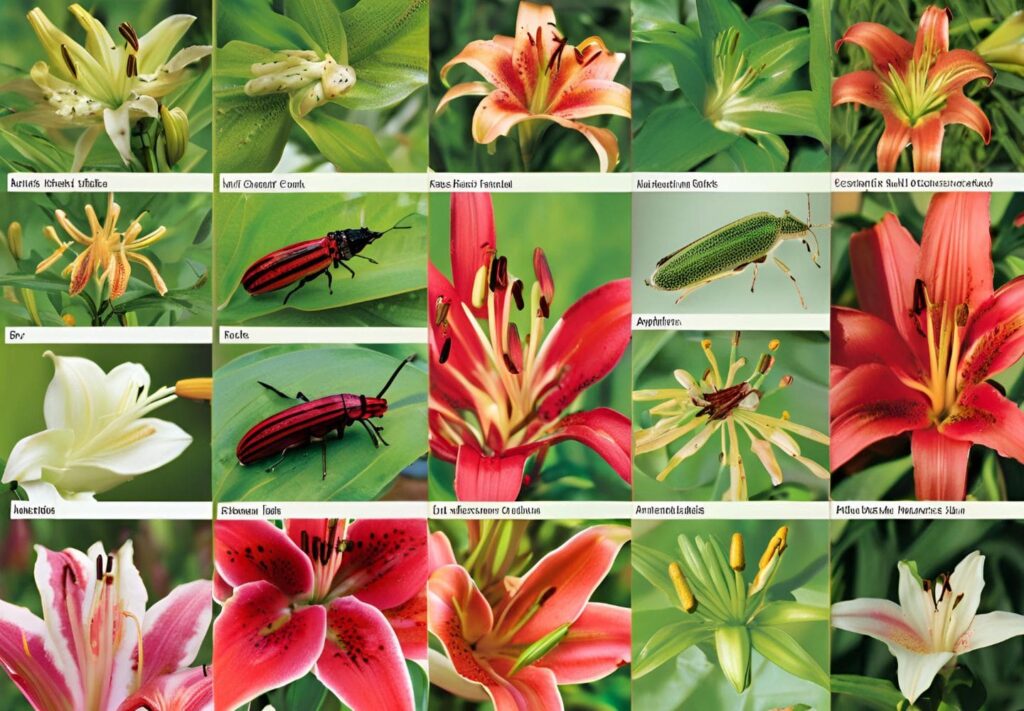
Common Problems and Solutions
Diagnosis and treatment of Diseases
Botrytis blight and lily mosaic virus are two of the most common diseases. Some symptoms include the spots on leaves or stunted growth. Control; apply relevant fungicides and general garden hygiene
Troubleshooting Common Issues
Issues such as poor blooming and yellow leaves may be symptoms of improper watering practices, not enough light or nutrient deficiencies. Make care practices more adaptive to cater towards these areas.
Insight for Oriental Lilies
Expert Quotes and Insights
For the greatest visual impact, plant Oriental lilies in informal groupings and cover with organic mulches to maintain soil moisture and control weeds.
Case Studies
One well-known garden has a case of their combination of Oriental lilies with other perennials,and it was striking in summer both for its color, attracting pollinators and visitors.
Oriental Lily Future
Trends Growing in Cultivation
Interest in breeding Oriental lilies for disease resistance and other abiotic stresses has become ever important with increased adaptation to various geographical regions. The new varieties have distinctive color and pattern characteristics.
Innovations in Breeding
With the introduction of modern plant genetics and our ability to create longer lasting, more fragrant lilies-minor miracles themselves-lily breeding has just become far sexier gene-based gardening.
Conclusion
The oriental lilies provide an excellent addition to both the garden and floral arrangements because of their beautiful appearance, scent, and many uses. While it may be difficult for beginners to keep these succulents thriving, with the right care they can also grow in different conditions which would lead to a long-term source of pleasure.
Either way you’re going to be blown away by the Oriental lily, have it in your garden or growing indoors, this style of flower will really put on a sensational display and maybe enhance any floral arrangement. So, when you plant these lovely flowers in your garden or home space it never goes out of style.
FAQs on Oriental Lilies
Water them regularly, especially during dry periods, but avoid overwatering to prevent bulb rot.
Yes, Oriental lilies can be grown indoors in containers, provided they have enough light and proper care.
Yes, Oriental lilies are toxic to cats and can cause serious health issues if ingested.
